George Elsasser
New member
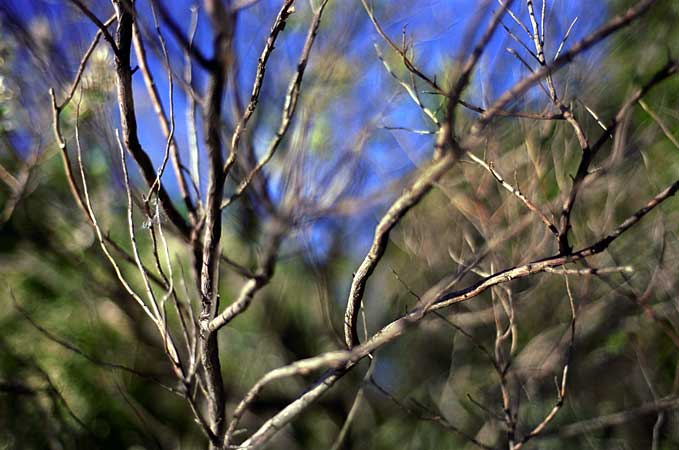
A few images from a body of work titled "Particle Pool" formerly it was called the "color field series". Here are 2 newspaper reviews of the show that highlighted some of that work.
link
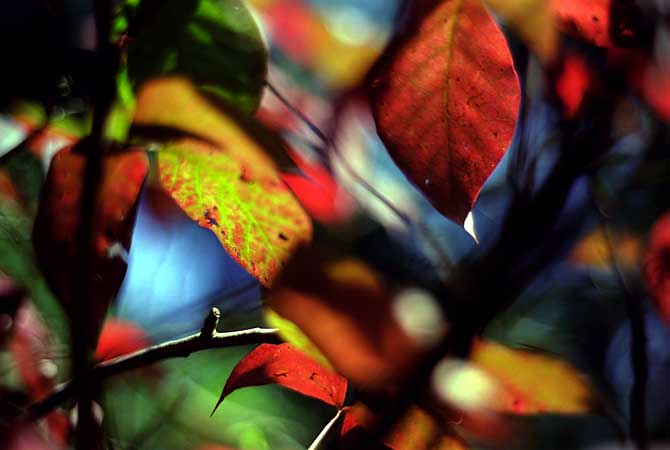
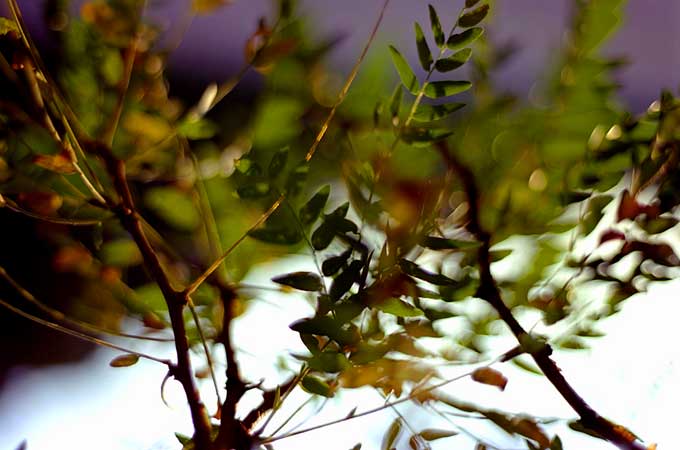
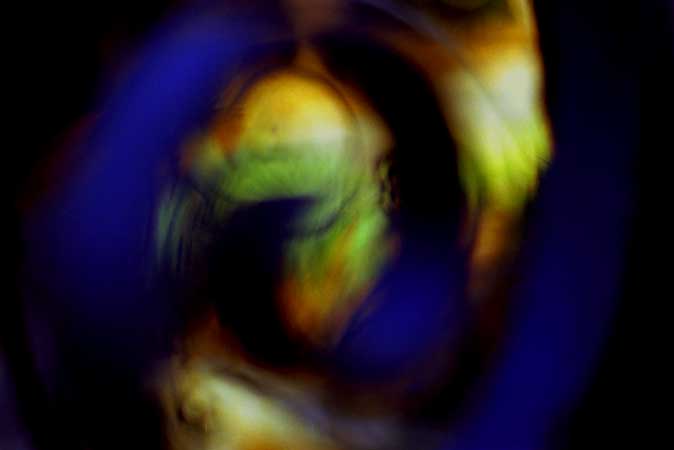
george





George Elsasser: Untitled
George,
This is a picture that I can start to interact with. I will use this as a bridge to your newer body of "Haiku" grabbing of transient up-close impressions, that you work seems to imply. I am trying to learn about your perspective and approach and this is my starting point, not your previous B&W. That, I'll look at more closely later.
This one untitled picture of naked twigs, the ones deeper in being multiply imaged, (due to slow shutter and increased "parallax" movement), has no obvious obedience to satisfactory composition that we'd expect. However, that in itself is a motif I might get to value. I also like the fact that this does not require any of the expensive "necessities" of gear or post processing that we photographers accumulate as possessions and skills, although the latter, by design should be hardly visible.
Asher
George,
Allow me to quote:
"In the 20-year retrospective on view at the Hermitage Foundation Museum, that hiatus from shooting provides the line of demarcation between the early work, much of it black-and-white, and his later color work, distinguished by an extremely narrow depth of field. After his bout with painting, Elsasser immediately shifter to larger prints- canvas-scale, you could say- and began to fill the picture frame with an overall, abstract, rhythmic pattern entirely drawn from a found natural setting. Woods chiefly.
The pictures are generally close views, haiku-like, of a mindfully composed arrangement of sticks, tree limbs, tree trunks and leaves.The scene may extend far into the distance, yet only a few inches of the scene are in focus. The rest is fuzzy or distorted. Often, the background shapes and colors break down into discs of semi-transparent color overlapping one another, and reminiscent of Impressionism, at least in the shared sense of tricking the eye into blending rough bits of color.
The challenge for Elsasser, a Virginia Beach commercial photographer by trade, may be considered as: How do you make an artful image, a picture with meaning, that utilizes your well-developed technical skills without looking too slick? Color photos of nature are as plentiful as pine straw, and many of them are boring. Since 1994, Elsasser has hit on a fresh way of seeing that emerged from his searching attitude regarding the technical aspects, and his own commitment to losing himself in his subjec "
This should help folk get attuned to your work. I will be re-looking at the images over the next week. I like to spend the necessary time to understand signature work that's presented like yours, with a a lot of energy and motivation.
For now, accept my great appreciation for sharing.
Asher
George,
................ the ones deeper in being multiply imaged, (due to slow shutter and increased "parallax" movement)...................
Asher
Oddly or strangely enough the doubling appearance of the branches deeper in the picture space did not occur from a slow shutter speed, all the images in this body of work (except one) were created at 1/125 or higher with camera held still and no flash used. One of the things in this work that fascinated and drove me was discovering this "effect or similar effects" could be achieved without camera movement or slow shutter speeds.
Don't get me wrong I am grateful to have you dig into this group of images and you are on target here otherwise. To the public "1/125 with a 50mm lens" means nothing but to us photographers it paints an entirely different picture. Here is another image that I like from the group that creates a similar effect at least to my mind anyway.
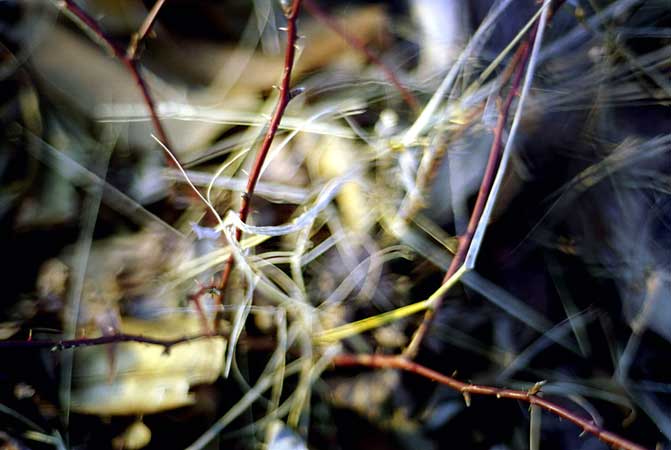
With some interest in this work I will see if I can't make some more scans of that work and create a blog post or entry with some of my own comments on the work. I was planning too anyway so I will bump it up on the schedule cause it may be helpful to viewers now rather than later.
Thanks again for a serious look in a world loaded with images to look at.
